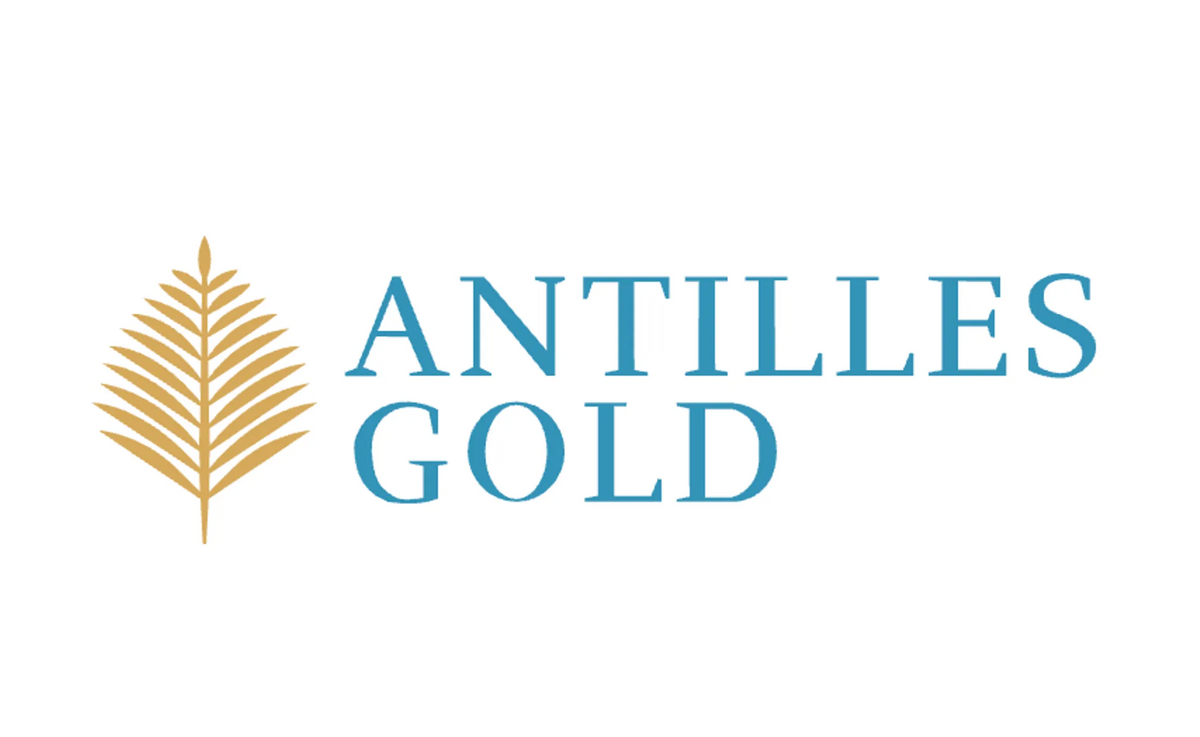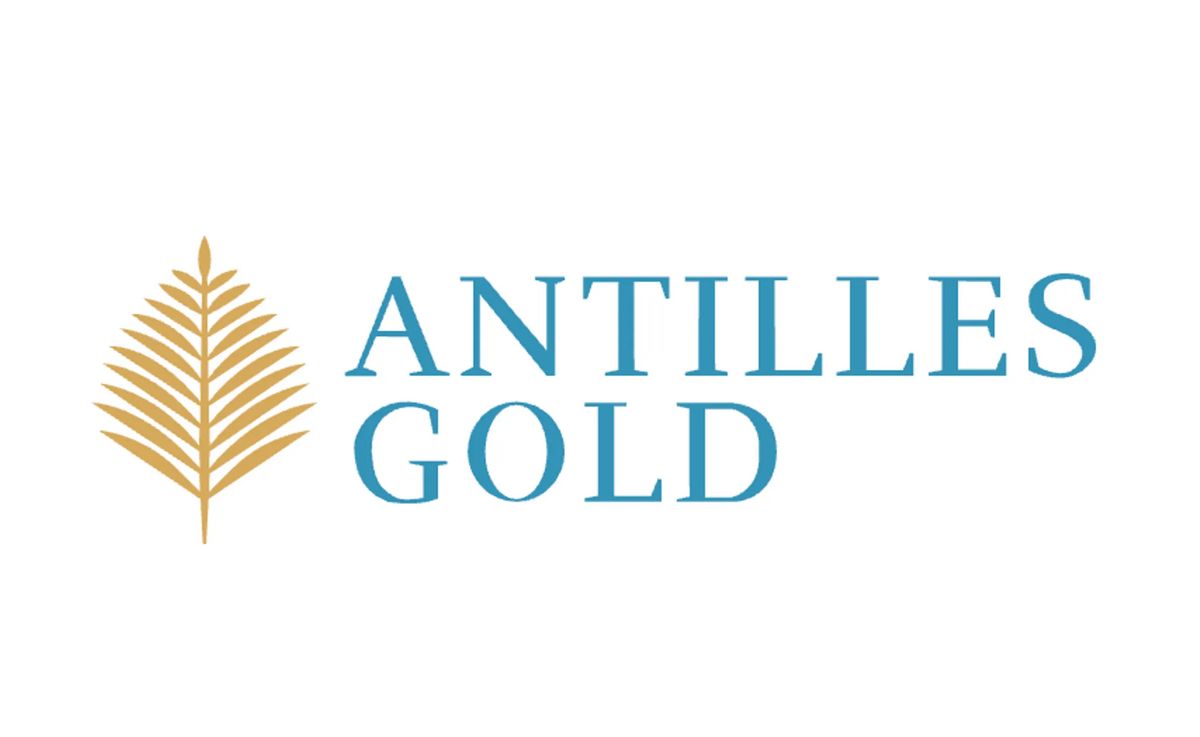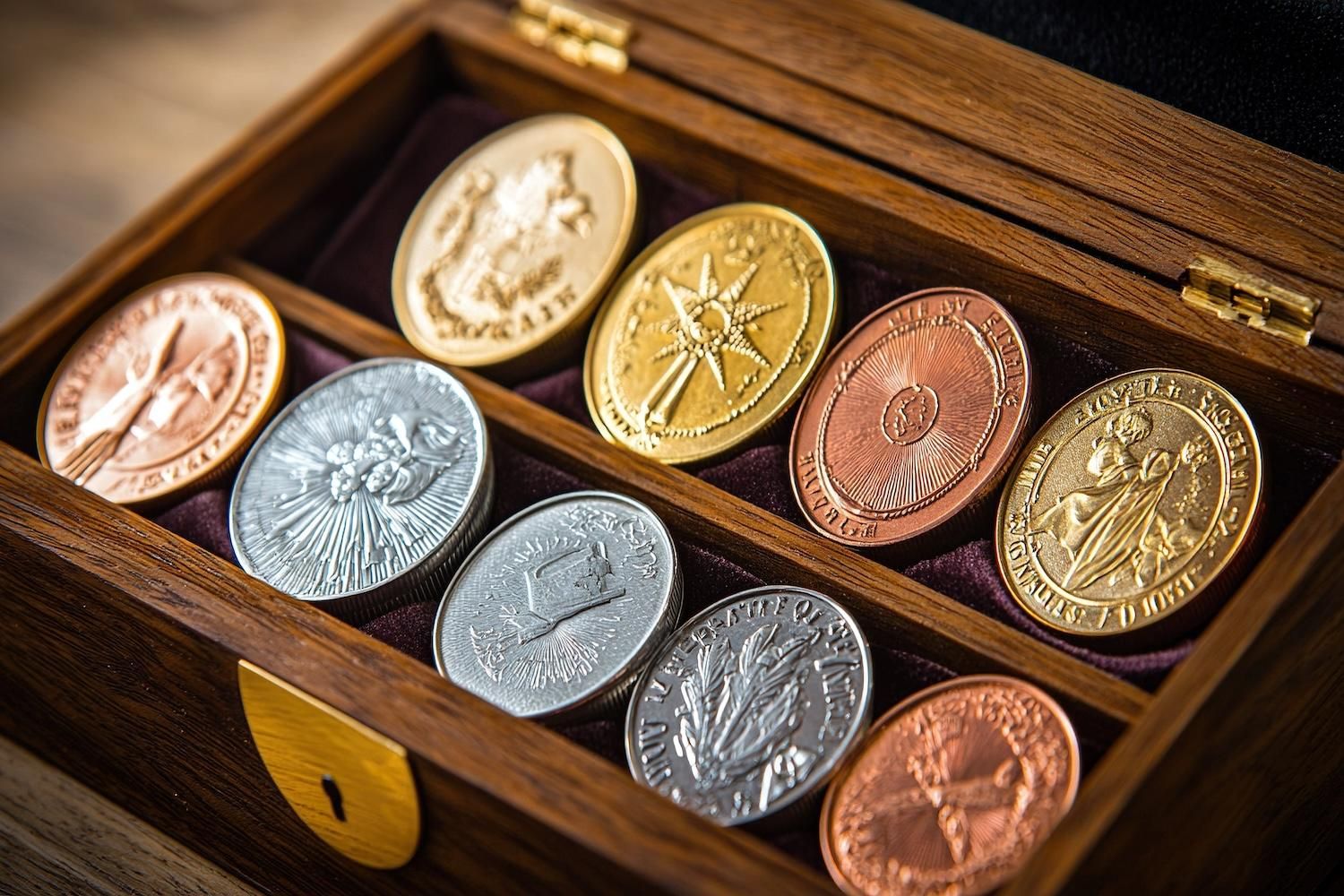
February 14, 2024
Antilles Gold Limited (“Antilles Gold” or the “Company”) (ASX: AAU, OTCQB: ANTMF) is pleased to present the attached copy of a Technical Evaluation of the El Pilar Porphyry System in Cuba.
The Evaluation was prepared by the Company’s Exploration Director, Dr Christian Grainger, and Ricardo Sierra, a Colombian consulting geologist engaged by Antilles Gold on its exploration programs in Cuba.
These two highly experienced geologists with a record of exploration successes have advised that “the results of investigations to date indicate the strong possibility of discovering a significant porphyry copper deposit at El Pilar”.
It is expected that drilling will be resumed on the El Pilar porphyry system after the relevant concession is transferred from Antilles Gold’s existing Exploration Agreement with the Cuban Government's mining company, GeoMinera, to a joint venture with the potential for majority foreign ownership.
Click here for the full ASX Release
This article includes content from Antilles Gold, licensed for the purpose of publishing on Investing News Australia. This article does not constitute financial product advice. It is your responsibility to perform proper due diligence before acting upon any information provided here. Please refer to our full disclaimer here.
AAU:AU
The Conversation (0)
23 June 2024
Antilles Gold Limited
Developing Gold and Copper Projects in mineral‐rich Cuba
Developing Gold and Copper Projects in mineral‐rich Cuba Keep Reading...
17 February
Antilles Gold to Raise $1.0M for Working Capital
Antilles Gold Limited (AAU:AU) has announced Antilles Gold to Raise $1.0M for Working CapitalDownload the PDF here. Keep Reading...
31 January
Quarterly Activities/Appendix 5B Cash Flow Report
Antilles Gold Limited (AAU:AU) has announced Quarterly Activities/Appendix 5B Cash Flow ReportDownload the PDF here. Keep Reading...
12 January
Summary of Pre-Feasibility Study for Nueva Sabana Mine
Antilles Gold Limited (AAU:AU) has announced Summary of Pre-Feasibility Study for Nueva Sabana MineDownload the PDF here. Keep Reading...
11 December 2024
Revision to Updated Scoping Study Nueva Sabana Mine, Cuba
Antilles Gold Limited (AAU:AU) has announced Revision to Updated Scoping Study Nueva Sabana Mine, CubaDownload the PDF here. Keep Reading...
24 December
What Was the Highest Price for Gold?
Gold has long been considered a store of wealth, and the price of gold often makes its biggest gains during turbulent times as investors look for cover in this safe-haven asset.The 21st century has so far been heavily marked by episodes of economic and sociopolitical upheaval. Uncertainty has... Keep Reading...
24 December
Blackrock Silver Announces C$15 Million Strategic Investment by Two Cornerstone Purchasers
Blackrock Silver Corp. (TSXV: BRC,OTC:BKRRF) (OTCQX: BKRRF) (FSE: AHZ0) ("Blackrock" or the "Company") is pleased to announce a non-brokered private placement (the "Offering") of up to 13,636,363 units (the "Units") at a price of C$1.10 per Unit for gross proceeds of up to C$15,000,000. Each... Keep Reading...
24 December
Gold Price Hits New Record, Breaks US$4,500; Silver, Platinum Also at All-time Highs
Gold marked a new price milestone on Tuesday (December 23), continuing its record-breaking 2025 run. The spot price rose as high as US$4,511.83 per ounce, hitting that point at 4:04 p.m. PST. Don't forget to follow us @INN_Resource for real-time updates!Securities Disclosure: I, Charlotte... Keep Reading...
23 December
From Gold Coins to Copper Tools: Unique Festive Gifts for the Metals Investor
With pumpkin spice in the air, thoughts are turning to the biggest event of the year… No, not the curling championships — Black Friday and the start of the gifting season.Here at the Investing News Network, our team aims to provide relevant information to help readers make informed investment... Keep Reading...
22 December
TomaGold Intercepts 6.68% ZnEq (1.57 g/t AuEq) over 48.05 Metres, including 39.03% ZnEq (9.15 g/t AuEq) over 2.90 Metres at Berrigan Mine and Identifies a Major Hydrothermal Footprint
TOMAGOLD CORPORATION (TSXV: LOT; OTCPK: TOGOF) (“TomaGold” or the “Company”) is very pleased to announce the initial assay results from drill holes TOM-25-009 and TOM-25-010 at its Berrigan Mine project located in the Chibougamau mining camp, in Québec. These are the first two of seven holes for... Keep Reading...
Latest News
Interactive Chart
Latest Press Releases
Steadright Grants Stock Options
24 December
Silverco Confirms No Material Change
24 December
Related News
TOP STOCKS
American Battery4.030.24
Aion Therapeutic0.10-0.01
Cybin Corp2.140.00







